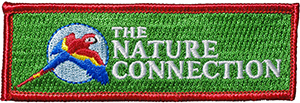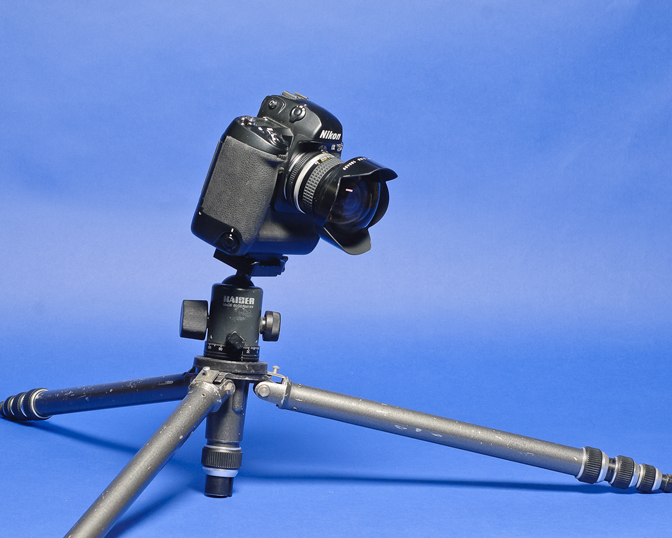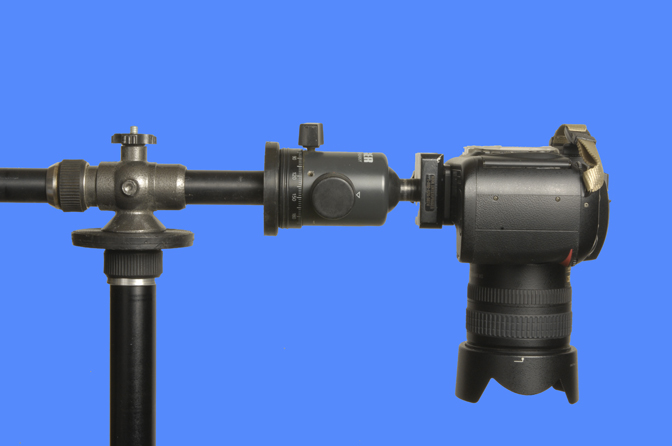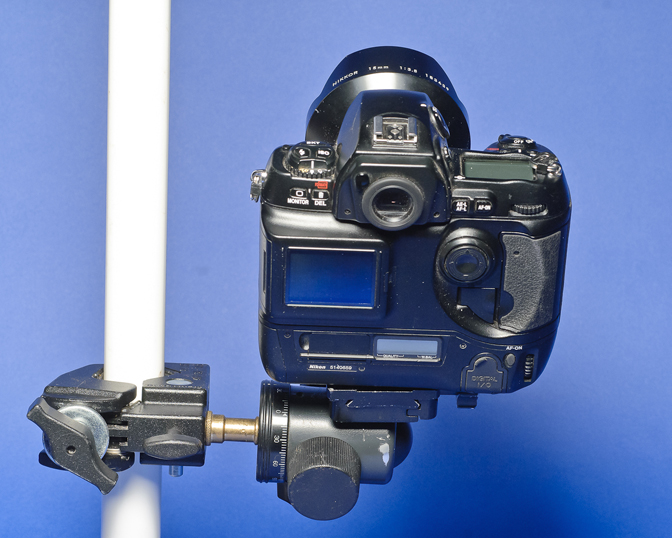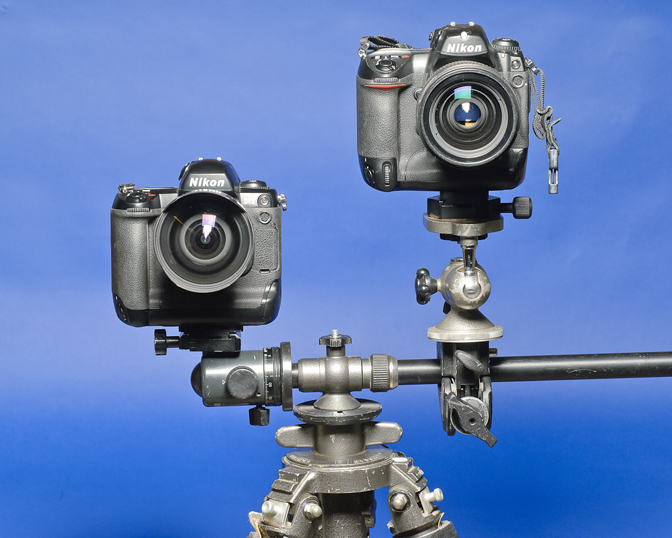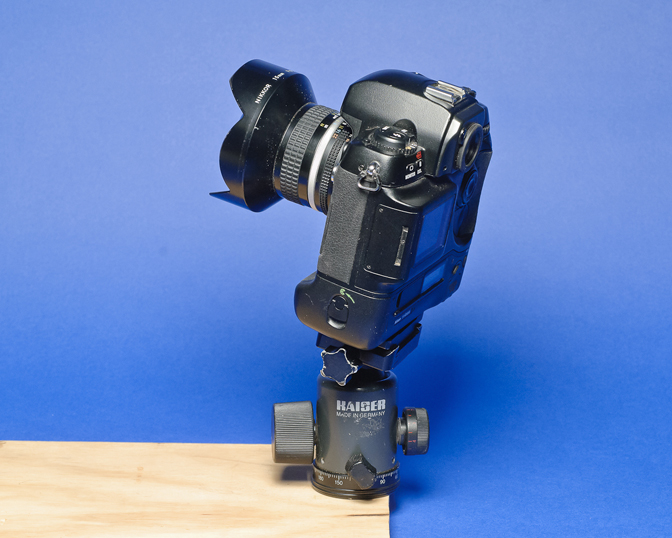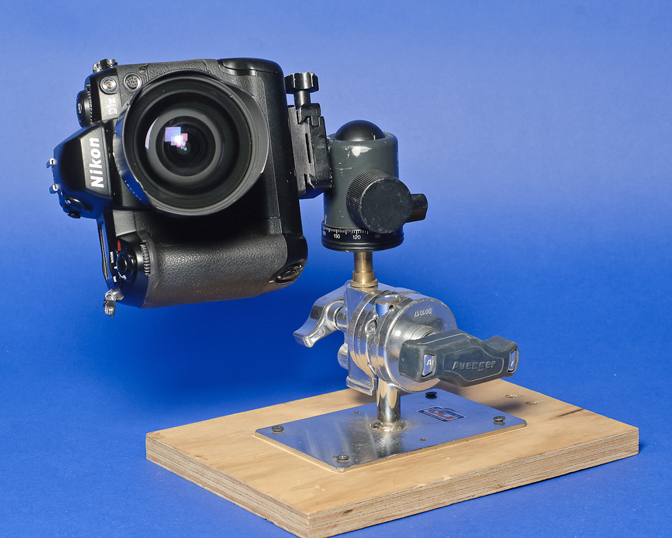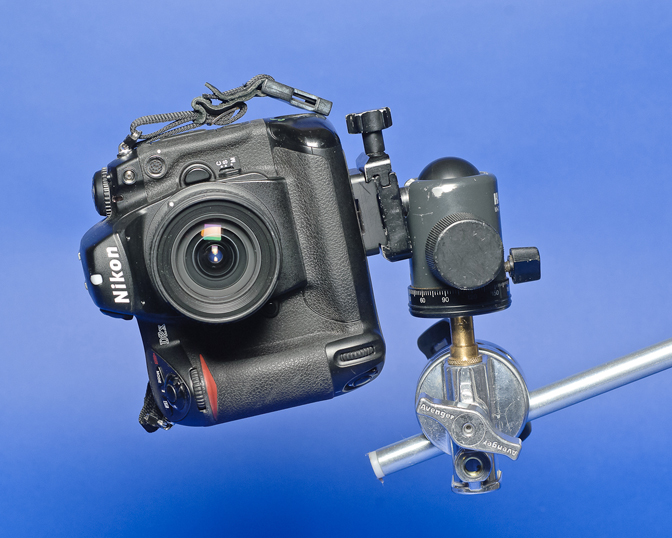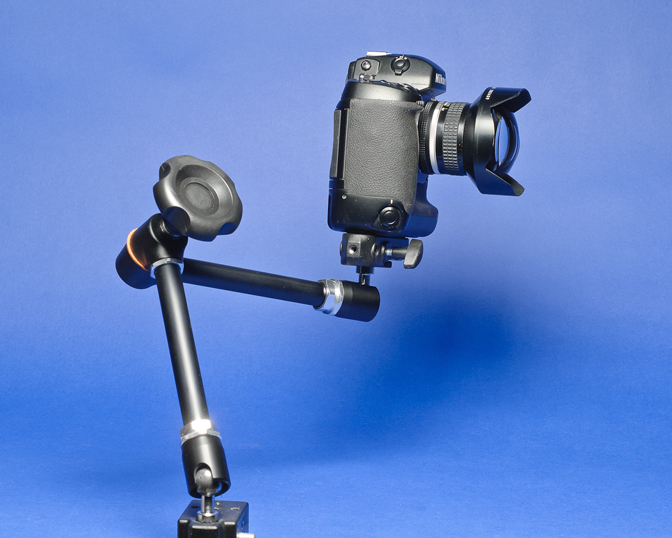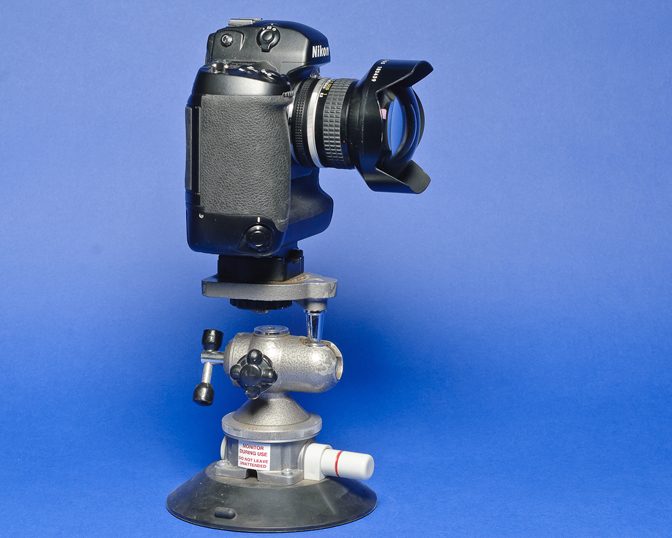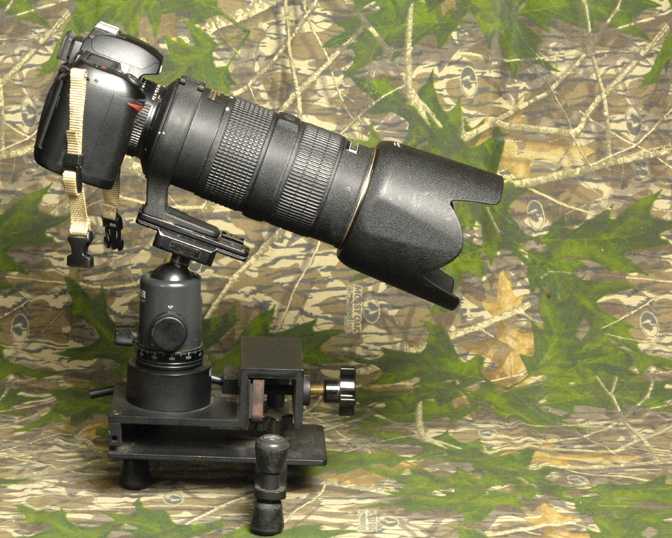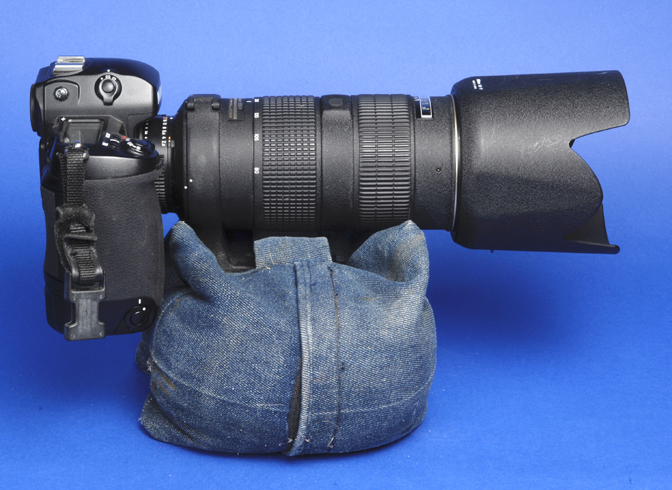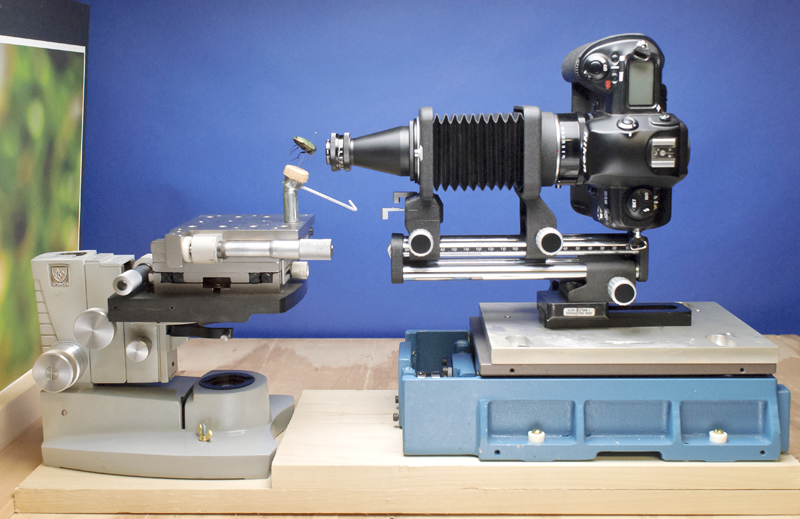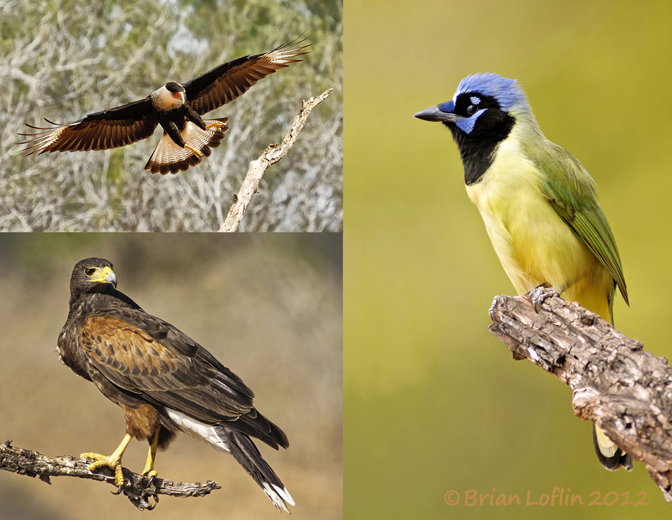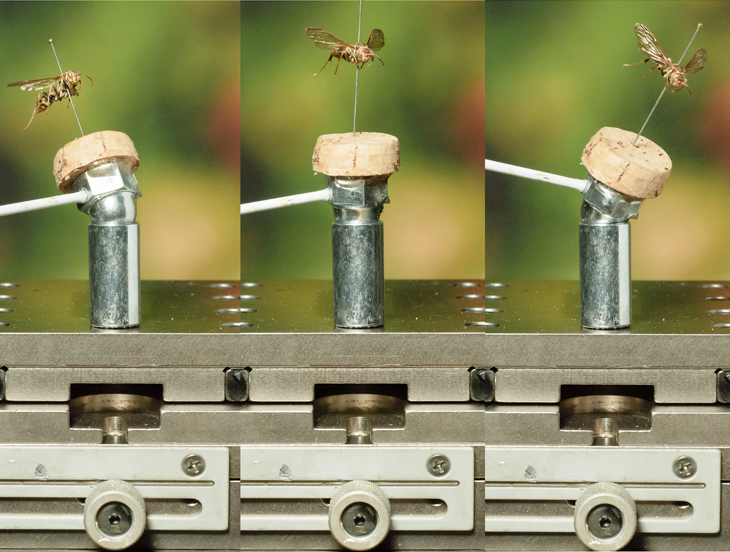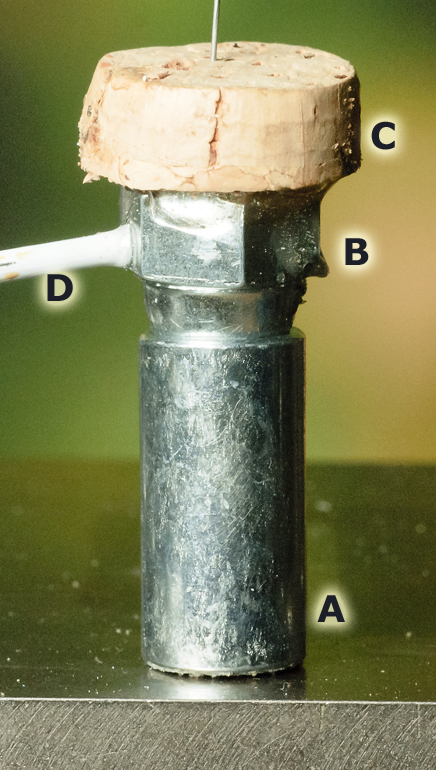We all know that a tripod is a recommended way to mount your camera for better pictures. The use of a tripod helps to stabilize the camera and prevent unwanted camera shake. It also provides a very precise platform for framing and composition. It provides repeatability from frame-to-frame. And, it nicely slows you down so that more thought and refinements may be worked into every image.
In addition to the standard tripod, there are many methods to securely mount a camera where perhaps a tripod is not practical. And in many cases, a perspective other than the often used 5′ 7″ view point is often welcome. Let’s review some:
The tripod may be outfitted with a very short, or no center post at all. This allows the camera to be placed almost at ground level.
For the lowest perspective of all, an inverted center post of the tripod allows the lens to be at ground level.
A tripod accessory option is the right-angle mount. This unit provides an unobstructed vertical view downward. Be certain to counter weight the tripod with a sand bag or shot bag for safety.
One of the most useful grip accessories is the Magic Clamp. It will mount securely to pipe, rafter, door or window frame, limb or other sturdy fixture. A standard ball head is fitted by the use of a threaded stud.
Here the right-angle mount us used for mounting multiple cameras. One camera is on a ball head on the threaded end of the mount and the other on a tripod ball head on a Magic Clamp with stud. A heavy, sturdy tripod is called for with this set up.
Another near-ground perspective may be obtained with a common ball-head mounted to a piece of lumber for ground placement. Additional holes may be drilled through the wood for large nails to anchor the unit against movement.
Another low-perspective approach is a Hollywood head or grip head fixed to a platform with a baby stud on a plate secured to a piece of lumber.
Another use of the Hollywood head is on a Hollywood arm on a light stand. This can provide a vantage point inaccessible with a tripod. This rig must be secured with plenty of sand bags.
An articulated Magic Arm with a magic clamp provides versatility in mounting and positioning the camera. A flat plate with tripod screw on the far end of the arm facilitates camera mounting. Whenever rigs like this are mounted in a remote position, a safety cable must be used to prevent a fall with subsequent damage or injury.
For smooth surfaces like windows or doors, or on car hoods, this vacuum cup and mount is ideal. It is often wise to use redundant mounts for moving vehicles. Additional vacuum mounts with Magic Arms and steel rods make good secondary supports.
A variety of ground supports are commercially manufactured. This one also doubles as a car window mount.
And, last but certainly not least, is the tried-and-true sandbag. Whether commercially manufactured, or home-made, the sand bag provides a lot of solutions. Some commercial sand bags have built-in tripod threads for a ball head. Many folks use dry beans for the unit. I personally like heavier aquarium gravel. When traveling, take the bag empty and fill it on location.
Please remember, that with any camera mounting, safety and security are paramount. Use common sense. And always use safety cables and sandbags for all equipment and accessories. This is especially valid if the mount is remote and the camera is not being attended.
Copyright © 2014 Brian Loflin. All rights protected.
